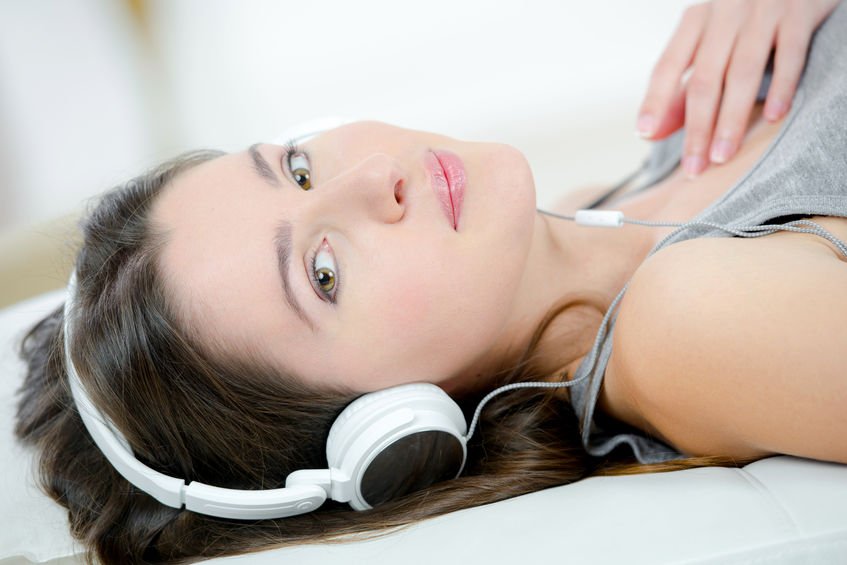A recent study reminds us, once again, of the importance in taking care of ourselves during times of crisis. From Greece, a research team has conducted a favorable study using progressive muscle relaxation (PMR) combined with guided imagery (GI) to reduce anxiety and improve mood in parents of children recently diagnosed with malignancy.1 An ill child is a major source of stress, pain, anxiety, and depression within a family; a diagnosis of malignancy is perhaps the worst case scenario. The state of the parents following a diagnosis of this magnitude has far-reaching repercussions on how much support they are able to give to their ill child, as well as other children, and each other. Social and community support is vital in this scenario, as well as mental and emotional health. PMR and GI have both been shown to lower anxiety and improve mood.2 This research study supports using both techniques in the short term, immediately or closely following diagnosis.
HAM-A and POMS Brief Reflect Improvement in Mood and Anxiety
The study followed 62 participants. The intervention specifically entailed a 25-minute session during which a CD was played that walked parents through a PMR exercise – tensing and relaxation of 11 specific muscle groups – and GI script. The GI script included imagining a comfortable and restful space on the beach. The CD included alpha wave pulses intended to increase a relaxed state of mind. The intervention consisted of 3 weekly sessions, and parents were given the CD to use on their own upon completion of the study. The Hamilton’s Anxiety Scale (HAM-A) and Profile of Mood States Brief scale (POMS Brief) were both used as assessment matrices. Both HAM-A and POMS Brief showed significant improvement in mood and anxiety after 3 weeks. In addition, a subjective questionnaire showed that nearly 60% of participants reported feeling “very much better,” or “much better” following the intervention. 75% said they would likely use the techniques in the future during times of stress, and 83% would recommend the techniques to others facing similar problems.
Progressive Muscle Relaxation (PMR)
PMR is a conscious method of relaxing the body and calming the nervous system by first tensing groups of muscles, then relaxing them. It has been shown to decrease sympathetic nervous system activity while increasing parasympathetic nervous system activity. It tends to decrease heart rate, blood pressure and oxygen consumption, and motor-physical activity.3 GI is a process of directing the mind to consciously imagine images in order to create a positive change. Typically, calm, quiet, and uplifting images are used.
Sources:
- Tsitsi T, Charalambous A, Papastavrou E, Raftopoulos V. Effectiveness of a relaxation intervention (progressive muscle relaxation and guided imagery techniques) to reduce anxiety and improve mood of parents of hospitalized children with malignancies: A randomized controlled trial in Republic of Cyprus and Greece. Eur J Oncol Nurs. 2017;26:9-18.
- M. Snyder (Ed.), Independent Nursing Interventions (second ed.), Delmar Publishers Inc., New York (1992), pp. 47–62
- H. Benson, J.F. Beary, M.P. Carol. The relaxation response. Psychiatry, 37 (1977), pp. 37–46
 Node Smith, associate editor for NDNR, is a fifth year naturopathic medical student at NUNM, where he has been instrumental in maintaining a firm connection to the philosophy and heritage of naturopathic medicine amongst the next generation of docs. He helped found the first multi-generational experiential retreat, which brings elders, alumni, and students together for a weekend campout where naturopathic medicine and medical philosophy are experienced in nature. Three years ago he helped found the non-profit, Association for Naturopathic ReVitalization (ANR), for which he serves as the board chairman. ANR has a mission to inspire health practitioners to embody the naturopathic principles through experiential education. Node also has a firm belief that the next era of naturopathic medicine will see a resurgence of in-patient facilities which use fasting, earthing, hydrotherapy and homeopathy to bring people back from chronic diseases of modern living; he is involved in numerous conversations and projects to bring about this vision.
Node Smith, associate editor for NDNR, is a fifth year naturopathic medical student at NUNM, where he has been instrumental in maintaining a firm connection to the philosophy and heritage of naturopathic medicine amongst the next generation of docs. He helped found the first multi-generational experiential retreat, which brings elders, alumni, and students together for a weekend campout where naturopathic medicine and medical philosophy are experienced in nature. Three years ago he helped found the non-profit, Association for Naturopathic ReVitalization (ANR), for which he serves as the board chairman. ANR has a mission to inspire health practitioners to embody the naturopathic principles through experiential education. Node also has a firm belief that the next era of naturopathic medicine will see a resurgence of in-patient facilities which use fasting, earthing, hydrotherapy and homeopathy to bring people back from chronic diseases of modern living; he is involved in numerous conversations and projects to bring about this vision.

